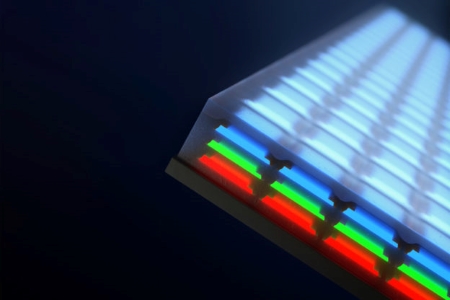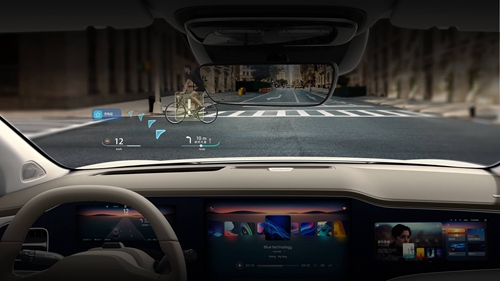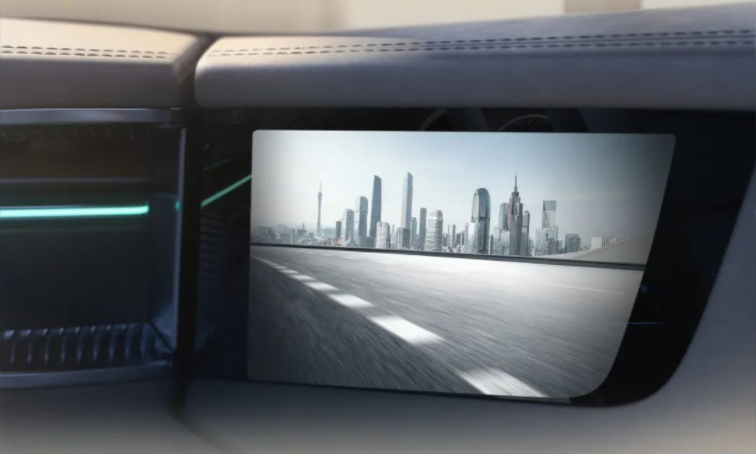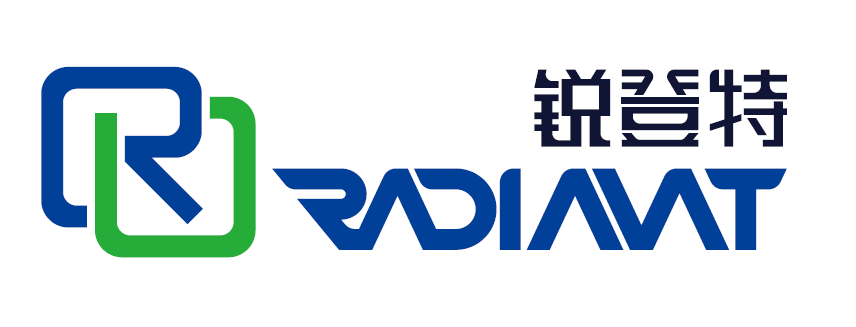It is said that Mini/Micro LED is good and has a large market space, but as a "rising star" in the display industry, Mini/Micro LED still faces many problems.
Technology: How many hurdles still need to be crossed?
By 2023, after years of hard work, Mini/Micro LED display technology has made great breakthroughs, and new products have been frequently launched on the application side. However, Mini/Micro LED is still a few steps away from the other side of success, and some difficulties still need to continue. Search up and down." At present, whether it is Mini LED or Micro LED, the biggest bottleneck still lies in mass transfer and inspection and repair.
On the equipment side, Japanese and Korean companies started earlier and their technology is ahead of domestic companies, but the gap is narrowing. On the material side, the gap between domestic companies and international companies is more obvious. Material issues not only refer to mass transfer materials, but also include basic materials that have higher requirements for precision in equipment materials. Such as guide rails, bearings and other metal materials, and sensors. At present, although domestic equipment companies are rising, many basic materials still rely on Japan, the United States and countries in Europe.

Therefore, to develop Mini/Micro LED technology, not only equipment companies need to continuously improve their technical level, but also component and material manufacturers need to make common progress. Only in this way can we really catch up with or even surpass the international advanced level.
The dispute between COB and POB has been going on for many years. In the actual production process, POB has a large application space in Mini LED products with a low number of partitions. COB is highly respected in high partition Mini LED products. The dispute between the two lies in Mini LED products with partition numbers between 800-1000. This is mainly because Mini LED products in this division can adopt both POB and COB technology routes. But the markets they are targeting are different. Taking TCL as an example, mid-to-high-end machines all use COB solutions, while mid-range and below products use POB. Therefore, POB products have an advantage in quantity, while COB is the mainstream direction of future display technology development.
POB is produced with traditional materials, and the current yield rate is relatively high. In the future, the cost may only be reduced in optical design, and the cost reduction will be small. COB has a large room for optimization in terms of materials, lenses, and drivers, and the future cost reduction will be relatively large. It is expected that the price of COB will be reduced by at least 10% per year, compared with that of POB, which may only be 2%-3%.

AR: Does Micro LED have to be used?
Despite the advantages of high brightness and high contrast, Micro LED is still in the early stages of development. So, which product will become the fastest application field of Micro LED technology? From an application point of view, the chip size of Micro LED is very small. When choosing an application field, enterprises need to consider how big the demand for this chip size is in this field. It may be a rigid demand in the field of AR, but in the field of large screens, there are now a variety of technical routes competing with each other. Whether Micro LED has such a necessity is worth thinking about.
There are currently multiple solutions for AR design. Among them, there are Micro OLED, Mini LED backlight, Micro LED and so on in the choice of display technology. However, Micro LED has not yet been mass-produced, and currently it can only achieve monochrome, which has been well-received in the market. We should find a way to break through, and we are more optimistic about the quantum dot route.
Mini LED backlight technology combined with LCD has the advantages of high resolution and high brightness. However, silicon-based OLEDs have insufficient brightness performance, and Micro LEDs still have technical bottlenecks such as mass transfer. Therefore, before the Micro LED technology matures, the Mini LED backlight solution still has great advantages in the AR/VR field.
Big Screen: Who Will Be the Leader?
In addition to AR, for Micro LED, the large-screen market is also not to be missed. But in actual promotion, the big screen market is also full of difficulties. The product form and technical route of the former Micro LED are very rich. Leyard will break through the cost, efficiency and yield bottlenecks of Micro LED in 2022, and successfully apply Micro LED technology to conventional direct display large screens. Leyard uses MIP technology, which can rapidly increase the production capacity of Micro LED on the one hand. On the other hand, in the field of large size, the yield rate of MIP technology can also meet market requirements.
In the civilian market, the cost needs to be gradually reduced through large-scale applications, and it also requires the cooperation of the industrial chain. From the perspective of the cost structure of LEDs, the chip is the most costly link. For example, for products with a pitch below P1.0, the cost of chips accounts for about 30% to 50%. In addition, the cost of the packaging link is also relatively high. Once the cost of chips and packaging is reduced, and the yield rate and product display effect are continuously improved, the speed at which Mini/Micro LEDs enter the civilian market will be accelerated.
OLED and Micro LED technologies will coexist in the future, and the two sides will have a division of labor in the application field. Among them, OLED can be applied in mobile phones, consumer electronics or small household screens, while the application market of Micro LED is ultra-large and ultra-small screens.
Quotes: When will the demand and the market "go both ways"?
In 2022, the domestic LED display market demand will decline significantly, and the performance of the LED display industry will not be as good as expected. Coming to 2023, the market has a new trend of change. In the first quarter of 2023, there will be no obvious changes in demand, but it can be felt that the degree of market interest is gradually increasing. However, the crisis still exists, among which the slow recovery of overseas economies and the conflict between Russia and Ukraine are all uncertain factors in the development of LED display technology. Despite this, Sang Jian is still optimistic about the development of Mini/Micro LED. He believes that this field will develop better this year, and the third quarter is expected to become an inflection point for changes in the Mini/Micro LED market.

The sales growth of Mini LED-related equipment will slow down this year. However, Micro LED devices still need to continue incubation and layout. In terms of terminals, the Mini/Micro LED market will start to improve in the second half of 2023. Next year will maintain a better growth trend. In addition, high-value fields, such as AR, VR, automotive, and e-sports screens, will also enter a growth stage.
In the short term, governments around the world are working hard to develop the economy, and investment has become an important means. Display, as the infrastructure of the digital economy, can be predicted to have a bright future this year; in the long run, display is a part of informatization and a carrier of information interaction. , no matter how the technology field develops, people's demand for new displays will always exist.
Post time: Jun-14-2023
